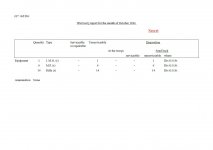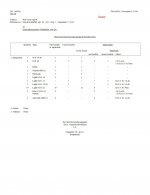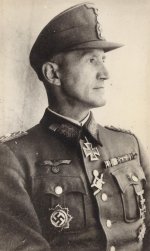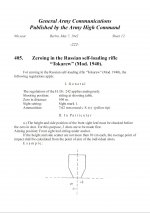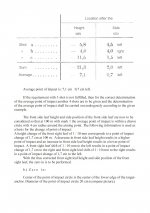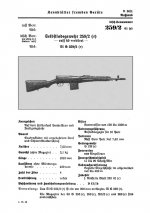Stephan98k
aka 8x57IS
You are very welcome!
@tsmgguy
The German Wehrmacht and the US armed forces was similar in many areas, they also set up huge depots and nearly everything was well organized at the beginning of the war, but from 1944 the conditions changed a lot.
But already at the beginning of the war, problems arose, in that case because of the rapid advance of the combat troops. The rear army and supply troops should be armed at least with rifles but there was a shortage of weapons. Often the unarmed troops came into areas that had not been completely cleared and they had to use Beutewaffen in such a emergency case to fight against the enemy. For example I have a complaint about this topic from the 31. Infanterie Division from July 22, 1940.
@tsmgguy
The German Wehrmacht and the US armed forces was similar in many areas, they also set up huge depots and nearly everything was well organized at the beginning of the war, but from 1944 the conditions changed a lot.
But already at the beginning of the war, problems arose, in that case because of the rapid advance of the combat troops. The rear army and supply troops should be armed at least with rifles but there was a shortage of weapons. Often the unarmed troops came into areas that had not been completely cleared and they had to use Beutewaffen in such a emergency case to fight against the enemy. For example I have a complaint about this topic from the 31. Infanterie Division from July 22, 1940.



